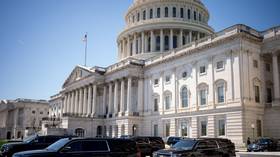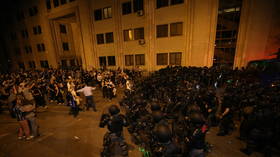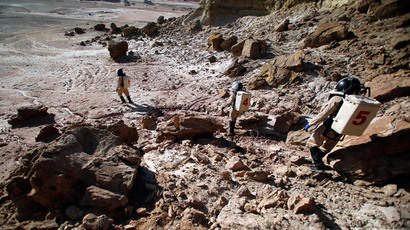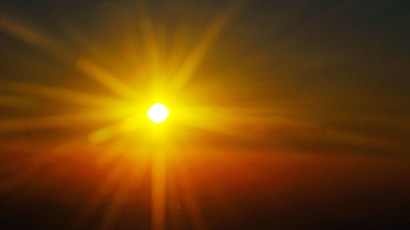Never-before-seen meteor shower could light up entire North America over weekend
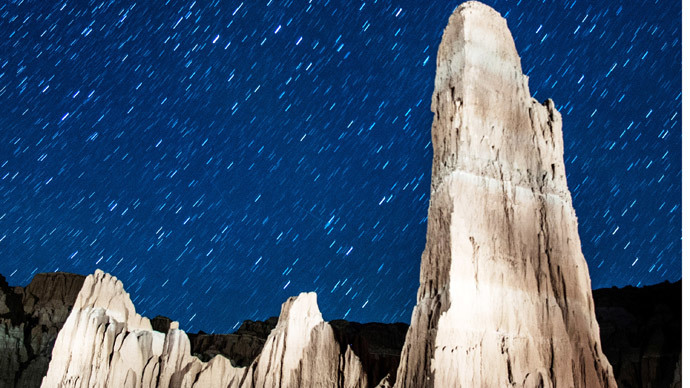
North America is in for a natural light show overhead, as a meteor shower expected over the weekend could turn into a full-on sky storm, affecting countries’ entire skylines. Its intensity could even outdo the Perseid meteor shower.
Stargazers are expecting the spectacle to hit late Friday and last into Sunday morning, just as Earth passes through a stream of debris consisting of up to 1,000 pieces of a comet it shed in the 1800s falling all around, every hour, at speeds of 12 miles per second (19.3kps).
The so-called May Camelopardalids will peak at about 2am to 4am on Saturday, eastern US time, according to Bill Cooke of the Meteoroid Environmental Office at NASA’s Marshall Space Flight Center. The name comes from the corner of the sky where we’ll have to focus our gaze to see the shower’s most prominent bits – the Giraffe constellation, right next to the North Star.
However, shockingly, it could still be the case that the meteor shower bypasses us altogether – or that we don’t see the rainstorm effect in its full glory.
"For all our computer models and equipment, we astronomers are just like the average sky watcher in North America," Cooke, who heads the center, said.
“If Comet 209P/LINEAR was a poor producer of debris, we’ll see nothing. But if the comet was more active 200 or 300 years ago, we’ll see a decent show. What happens this Saturday morning was determined a few hundred years ago,” Cooke added, as cited by the Washington Post.
The event was first predicted 10 years ago by Peter Jenkins, another astronomer, who holds similar reservations about the grandeur of the spectacle. This is because when a comet leaves a trail of dust (which we call a meteor shower), you never know how much dust will be shed. And the 209P/LINEAR comet, discovered in 2004, wasn’t really that big.
According to Jenkins, "We don't know what the comet was doing hundreds of years ago,” and its behavior back then would have indicated to astronomers today what to expect with much bigger certainty. The guesswork is because this is the first time our planet is going to have an opportunity to pass through a dust cloud left by this comet. We can only assume it will look absolutely breath-taking.”
And just as heavy celestial bodies influence a comet’s trajectory, so do they influence the trajectory of the ensuing gas cloud i.e. the meteor shower.
Because Jupiter is one of our solar system’s most heavyweight decision-makers in that respect, its immense gravitational pull will only allow us just this once to see the May Camelopardalids rain down. As Cooke puts it, “By next year, Jupiter’s gravity will have pulled it away again.”
But if the event does take place, its sheer magnitude will not go unnoticed – it will light up the entire North American continent this weekend.
And although science tells us that the speed at which the Camelopardalids will fly is almost twice as slow as that of the Perseid shower, the luminescence is expected to be much more striking because of that. Now it’s just a matter of hoping that the shower’s size, bunching and magnitude will match expectations.
And even if you’re not in North America and won’t be able to catch the show, you can always head over to a webcast on the Marshall Space Flight Center’s webpage from 11pm Friday to 3am Saturday eastern time.





